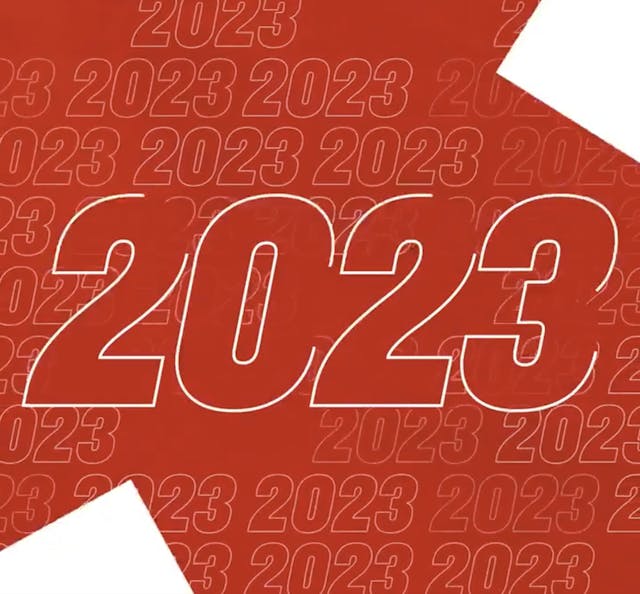Ferrari will join the Le Mans Hypercar fray in 2023
Another motorsports heavyweight has announced its intention to enter the 2023 24 Hours of Le Mans. Joining endurance-racing masters Porsche and Audi, Ferrari will seek to make a splash at the Circuit de la Sarthe grid in two years’ time. The news broke this morning on Ferrari’s dedicated racing page:
4 numbers, 3 letters. We don't think we need to add anything else. Share your reaction in the comments!@FIAWEC #FerrariCompetizioniGT #FerrariRaces pic.twitter.com/bn1SXp1JEF
— Ferrari Races (@FerrariRaces) February 24, 2021
Though the AF Corse Ferrari 488 GTE Evo been a familiar sight in the GTE Pro class at Le Mans in recent years, a Prancing Horse hasn’t competed in the top class since 1973. Scuderia Ferrari notched its last win in 1965, the year before Ford famously shocked the world with its upset victory.
“With the new Le Mans Hypercar program, Ferrari once again asserts its sporting commitment and determination to be a protagonist in the major global motorsport events,” says John Elkann, Ferrari’s president.
The short hype video closes with “enough said,” but given the alphabet soup surrounding the LMH and LMDh classes, we’ll go a bit further here. The top class at Le Mans, which replaces LMP1, will technically be comprised of two different sorts of race cars: LMH and LMDh entries. Why did the FIA complicate things? When it first announced the LMH regulations, response from manufacturers was lukewarm. To encourage interest, the ACO (the regulatory body overseeing the 24 Hours of Le Mans) and the FIA collaborated to roll out a set of LMDh regulations, which allowed manufacturers to campaign the same car at Le Mans and in IMSA. Porsche and Audi perked up their ears, and we’ve since seen LMDh entries from both.
Since then, the ACO and IMSA have been working to reconcile the differences between the two sets of regulations to encourage a fair fight. One high-level difference between the LMH and LMDh regulations remains: LMDh cars must use a hybrid powertrain, but LMH cars (like Scuderia Cameron Glickenhaus’ entry) can be combustion-only. LMH regulations are active as of 2021; LMDh entries must wait until 2022.
Ferrari, it appears, isn’t that concerned with the IMSA double-duty benefits of LMDh, and will build a car under the LMH regulations like Toyota, Glickenhaus (whose entry will be fully unveiled tomorrow), ByKolles, and Peugeot. Audi, Porsche, and Acura are sticking with the original LMDh specs.
#PorscheLMDh – Porsche Vice President @fritzenzinger on today's @Ferrari announcement: "We are very happy to see our friends from Maranello back in the top category at @24hoursoflemans. From 2023, the legendary #Porsche vs. #Ferrari story will continue on the highest level." pic.twitter.com/LdVcLBOPrw
— Porsche Motorsport (@PorscheRaces) February 24, 2021
To further complicate things, several manufacturers will enter their new cars at Le Mans in different years. In addition to varying development timelines, this chronological spread is also a product of regulations. Ferrari, as we’ve seen, is planning even farther down the road, for 2023. So are Porsche and Audi. Peugeot, with its LMH racer, has its eye on 2022. Glickenhaus, ByKolles, and Toyota will campaign their LMH racers as early as possible—this year.
One thing’s for sure: The future of endurance racing grows increasingly bright.


